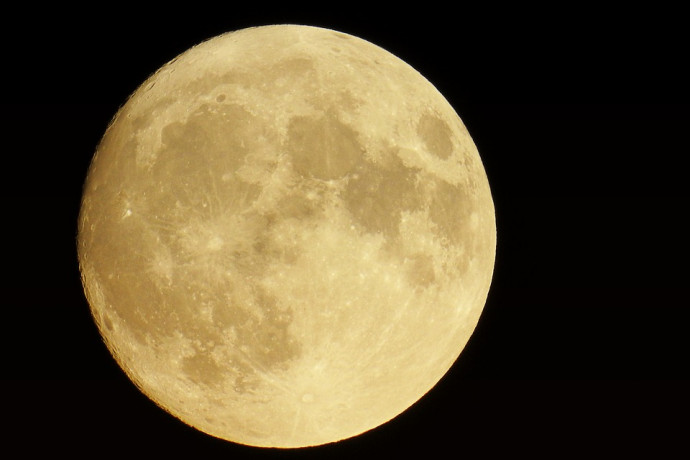How many moons are there?

SPACE/ASTRONOMY: Students from Willowbank School asked this question.
First, we need to define what we mean by a moon. The Earth is a planet, and as everyone knows, it is orbited by the Moon, which is easily observed in the night sky, provided it is not too close to the Sun in direction.
Most other planets in our Solar System also have natural satellites in orbit, but not all. These are sometimes referred to as ‘moons’ but that term is better reserved just for the Earth’s satellite, the Moon.
However, if we agree that natural satellites can be called moons, as is done in popular language, then the answer is that there are 184 known moons in the solar system orbiting around planets or dwarf planets which in turn orbit the Sun.
Of the four innermost planets, Mercury and Venus have no moons, the Earth just one and Mars has two. But for the gas giants in the outer solar system, there are many more; 69 for Jupiter, 62 for Saturn, 27 for Uranus and 4 for Neptune.
There are also smaller bodies than planets, known as dwarf planets, and some of these are known to have moons, including 5 for Pluto. A further 14 are known to orbit other dwarf planets.
Natural satellites, or moons, are therefore very common in the solar system. Most are quite small solid bodies, but 19 are larger bodies (including our Earth’s Moon) which have a spherical shape. Most have no atmosphere, but at least one (Titan which orbits Saturn) also has an atmosphere, mainly of nitrogen gas.
Other planetary systems probably also have moons, but our knowledge here is very deficient.
Our expert
Professor John Hearnshaw answered this question. He is a Fellow of Royal Society Te Apārangi, which means he’s one of the top experts in his field of physics and astronomy. John works at the University of Canterbury and has a particular interest in planetary systems and astrophysics.
For more information on our expert, visit his profile: Professor John Hearnshaw
